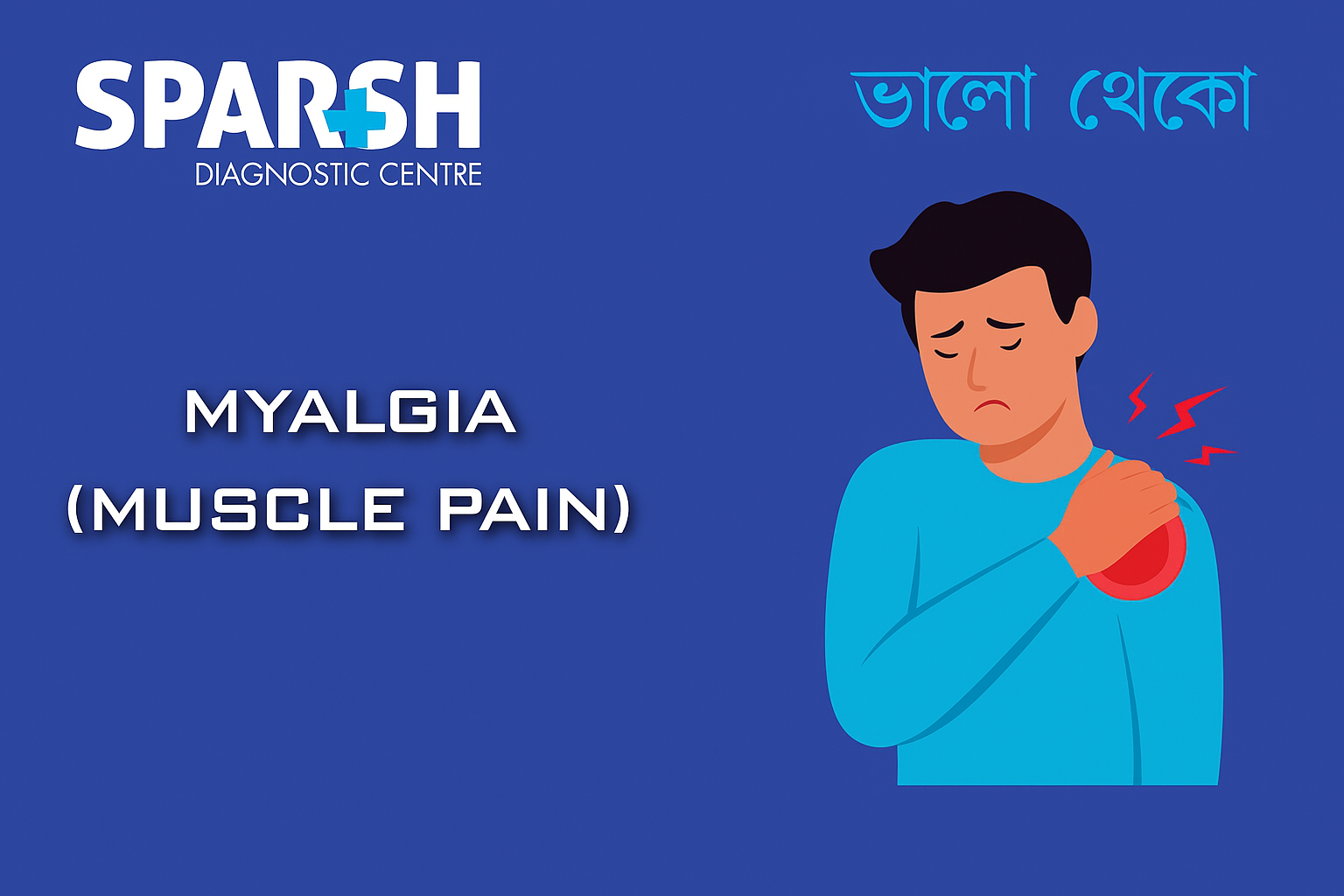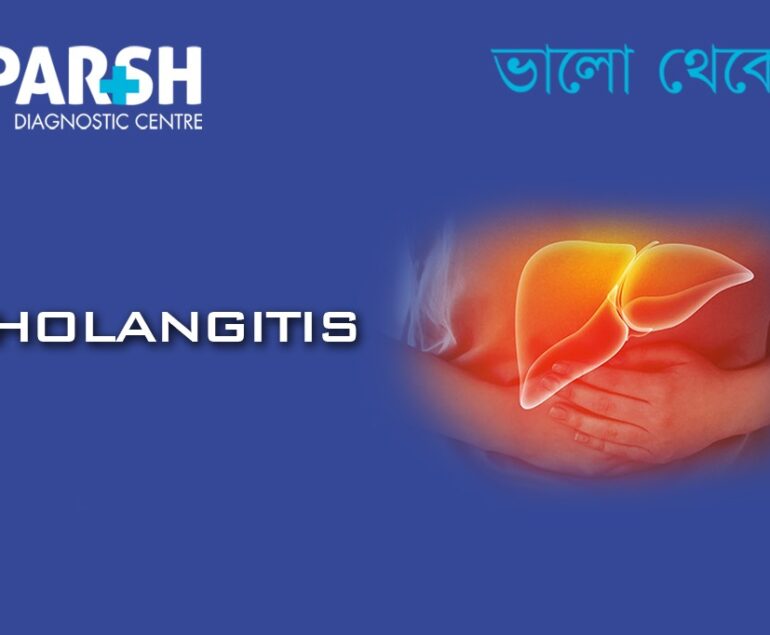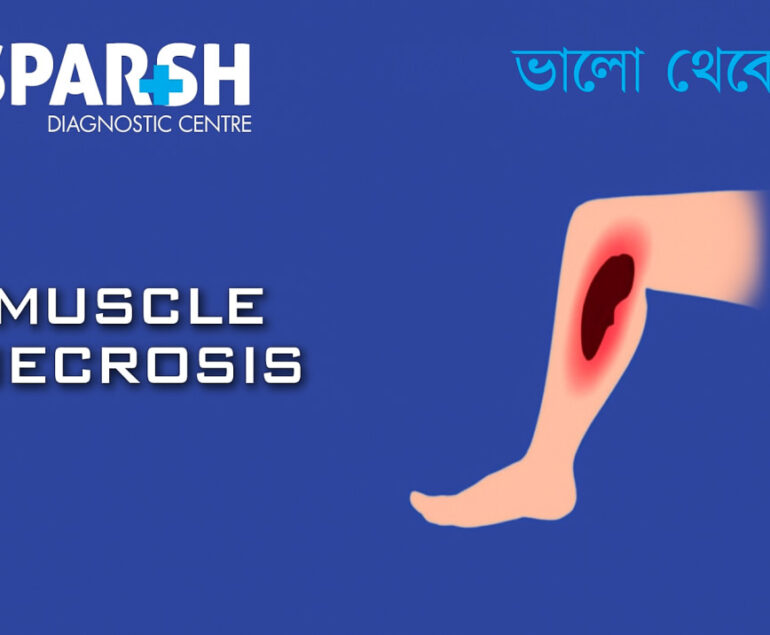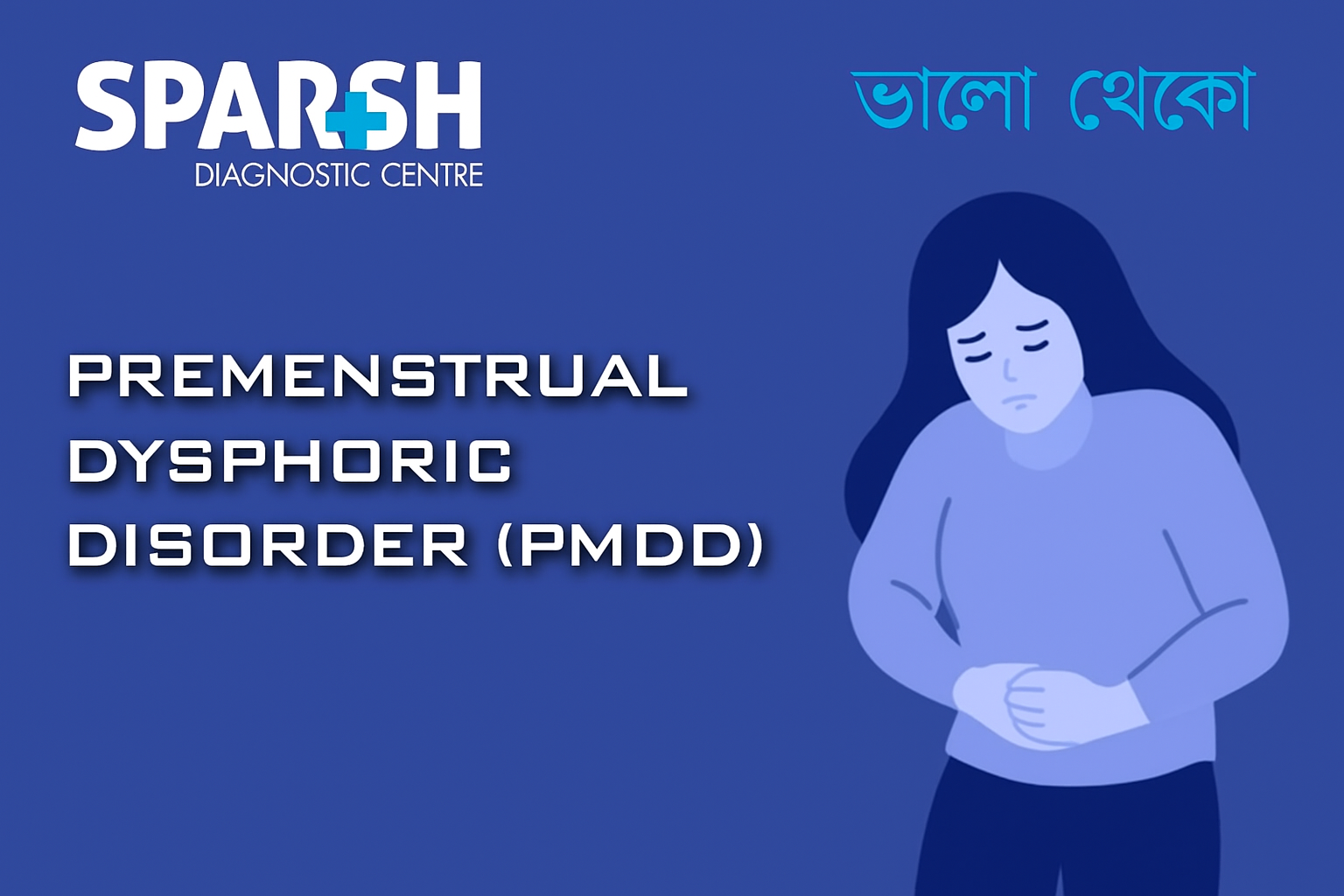Muscle pain, medically known as myalgia, is a common condition that nearly everyone experiences at some point in their life. Whether it’s due to overexertion, stress, infections, or an underlying medical condition, myalgia can significantly affect quality of life. While muscle pain is often temporary and harmless, persistent or severe cases may indicate an underlying health issue requiring medical attention.
In this comprehensive guide, we’ll cover what myalgia is, its causes, symptoms, diagnosis, treatment options, and prevention strategies.
What is Myalgia?
Myalgia refers to muscle pain that can affect any part of the body. It may feel like:
A dull ache
Sharp or stabbing pain
Muscle tightness or cramping
Localized soreness or widespread discomfort
Myalgia is not a disease by itself but a symptom of various conditions, ranging from minor issues like overuse to serious illnesses such as autoimmune disorders.
Common Causes of Myalgia
Muscle pain can result from a wide variety of triggers. Some of the most common causes include:
1. Overuse or Strain
Intense workouts, heavy lifting, or sudden physical exertion often lead to temporary muscle soreness.
Known as delayed-onset muscle soreness (DOMS), this type of pain usually appears 12–24 hours after activity.
2. Injury or Trauma
Sprains, strains, or direct impact injuries can cause localized myalgia.
3. Infections
Viral infections such as influenza, COVID-19, or dengue often cause widespread body aches.
Bacterial infections like Lyme disease or tuberculosis may also trigger muscle pain.
4. Chronic Medical Conditions
Fibromyalgia: A chronic disorder causing widespread musculoskeletal pain.
Polymyalgia rheumatica: Inflammatory condition affecting older adults.
Chronic fatigue syndrome (CFS): Often linked with prolonged muscle pain.
5. Autoimmune and Inflammatory Disorders
Lupus, rheumatoid arthritis, and dermatomyositis can cause persistent muscle inflammation and pain.
6. Medications and Toxins
Statins (cholesterol-lowering drugs) are well known for causing muscle pain.
Certain antibiotics and cancer medications can also induce myalgia.
7. Electrolyte Imbalances
8. Stress and Anxiety
Emotional stress often leads to muscle tension, especially in the neck, shoulders, and back.
Symptoms of Myalgia
The presentation of myalgia depends on its cause but may include:
Localized or widespread pain
Muscle tenderness or soreness
Stiffness or reduced range of motion
Muscle weakness in severe cases
Fatigue and sleep disturbances (especially in fibromyalgia)
Pain may worsen with activity or remain constant at rest, depending on the underlying condition.
Risk Factors for Myalgia
Certain individuals are more prone to experiencing muscle pain, including those who:
Engage in strenuous physical activity
Have a history of viral or bacterial infections
Suffer from chronic diseases (e.g., diabetes, thyroid disorders)
Take medications that list muscle pain as a side effect
Experience high levels of stress or poor sleep
Are older adults, who are more susceptible to muscle degeneration
When to See a Doctor
While mild muscle pain is usually harmless, you should seek medical help if you experience:
Severe, persistent pain lasting more than a few days
Muscle pain accompanied by fever, chills, or night sweats
Sudden weakness or inability to move a limb
Swelling, redness, or warmth in the affected area
Shortness of breath or chest pain along with muscle pain
Dark urine (possible sign of muscle breakdown called rhabdomyolysis)
Diagnosis of Myalgia
Doctors diagnose myalgia based on medical history, physical examination, and diagnostic tests.
1. Medical History
Recent activities, medications, and underlying conditions are evaluated.
2. Physical Examination
Assessment of muscle strength, tenderness, and swelling.
3. Laboratory Tests
Blood tests: Check for infection, inflammation markers (ESR, CRP), or autoimmune markers.
Electrolyte panel: Detects imbalances that may cause muscle pain.
Creatine kinase (CK) test: Measures muscle damage.
4. Imaging Tests
MRI or ultrasound may be used to rule out structural damage or inflammation.
Treatment for Myalgia
The treatment of myalgia depends on its cause. Common approaches include:
1. Home Remedies
Rest: Allow muscles to recover.
Ice or heat therapy: Ice reduces inflammation, while heat relaxes muscles.
Massage and stretching: Improves blood flow and flexibility.
Hydration: Prevents cramps caused by dehydration.
2. Medications
Pain relievers: Paracetamol, NSAIDs (ibuprofen, naproxen).
Muscle relaxants: For spasms.
Antidepressants or anticonvulsants: For chronic pain syndromes like fibromyalgia.
Steroids or immunosuppressants: For autoimmune-related muscle pain.
3. Lifestyle Modifications
Regular low-impact exercise like swimming or yoga.
Balanced diet rich in proteins, vitamins, and minerals.
Stress management through meditation, mindfulness, or therapy.
Adequate sleep hygiene.
4. Physical Therapy
Strengthening and flexibility exercises under professional guidance.
5. Treatment of Underlying Conditions
Addressing infections, autoimmune diseases, or endocrine disorders helps relieve myalgia.
Complications of Myalgia
If left untreated, persistent myalgia may lead to:
Reduced mobility and flexibility
Chronic fatigue
Sleep disturbances
Mental health issues such as anxiety or depression
Decreased quality of life
Prevention of Myalgia
You can reduce the risk of developing muscle pain by:
Warming up before exercise and cooling down afterward
Staying hydrated and maintaining electrolyte balance
Avoiding overexertion and repetitive strain
Practicing good posture
Managing stress effectively
Following a nutritious diet to support muscle health
Living with Chronic Myalgia
For people with long-term muscle pain (e.g., fibromyalgia or polymyalgia rheumatica), management involves:
Regular medical follow-up
Long-term medication plans
Support groups or counseling
Gentle exercises such as tai chi or water aerobics
Pain management strategies like physiotherapy and mindfulness
Myalgia in Children
Children can also experience muscle pain, often due to:
Viral infections (“growing pains”)
Sports injuries
Nutritional deficiencies
Parents should consult a pediatrician if the child has persistent or severe muscle pain, especially when accompanied by fever or weakness.
Myalgia, or muscle pain, is a widespread symptom with many possible causes. While occasional muscle soreness is usually harmless, persistent or severe myalgia should not be ignored. Identifying the root cause is key to effective treatment and long-term relief. By combining medical care, lifestyle adjustments, and preventive strategies, most people can manage or even prevent muscle pain.
If you are experiencing unexplained or severe muscle pain, consult a healthcare professional for a proper diagnosis and treatment plan.
Frequently Asked Questions (FAQ)
1. What is the difference between myalgia and fibromyalgia?
Myalgia refers to muscle pain in general, while fibromyalgia is a chronic disorder that causes widespread musculoskeletal pain along with fatigue and sleep disturbances.
2. Can dehydration cause myalgia?
Yes, dehydration and electrolyte imbalances (low potassium, calcium, or magnesium) can trigger muscle cramps and soreness.
3. Is myalgia always caused by exercise?
No. While exercise-induced soreness is common, myalgia can also result from infections, medications, autoimmune disorders, and other health conditions.
4. What foods help reduce muscle pain?
Foods rich in omega-3 fatty acids, antioxidants, magnesium, and potassium (like salmon, spinach, bananas, nuts, and berries) can support muscle health and reduce inflammation.
5. How long does myalgia last?
Exercise-related soreness usually resolves within a few days. Chronic myalgia, however, may last weeks or months depending on the underlying cause.
6. Can stress cause muscle pain?
Yes. Stress often leads to muscle tension, particularly in the neck, shoulders, and back.
7. When should I worry about muscle pain?
Seek medical help if the pain is severe, persistent, associated with weakness, fever, or dark urine, or if it interferes with daily activities.
8. How is myalgia diagnosed?
Diagnosis involves medical history, physical examination, blood tests, and sometimes imaging studies to identify the cause of muscle pain.
9. Can yoga help with myalgia?
Yes. Gentle yoga and stretching exercises improve flexibility, reduce stiffness, and help manage stress-related muscle pain.
10. What is the best treatment for myalgia?
The best treatment depends on the cause. For minor cases, rest, hydration, and over-the-counter pain relievers work well. For chronic or severe pain, medical treatment may be necessary.
#BhaloTheko
Disclaimer:
No content on this site, regardless of date, should ever be used as a substitute for direct medical advice from your doctor or other qualified clinician.

![]()






[…] What are the symptoms?High fever, severe headache, pain behind eyes, joint/muscle pain, nausea, rash, and mild […]
[…] and muscle pain (“breakbone […]
[…] Muscle pain (myalgia), tenderness, and swelling. […]